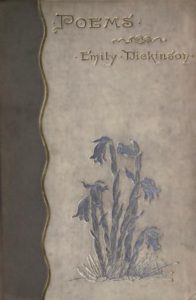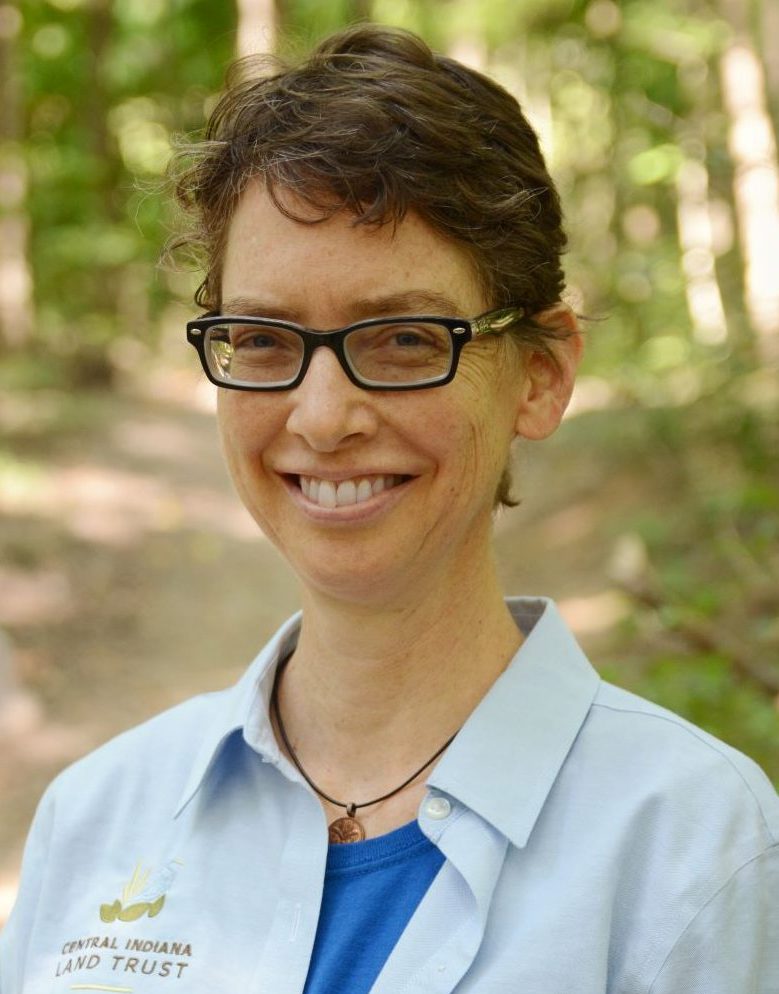Did you know that Emily Dickinson was not only a poet, but a collector of plants? Like many upper-class white women of her era, she created an herbarium—a collection of plants from her home territory around Amherst, Massachusetts.
Before she became the secluded poet who rarely left her room, she was a teenaged girl who pressed flowers into a book. By the time she was 14, she had collected 424 samples, arranging them as an artful pursuit—pairing blooms that would not appear together in nature, such as jasmine and privet.
The book is housed at Harvard University, and each page has been digitized for online audiences as well. A recent collaboration initiated by Maria Popova brought one of Dickinson’s poems to life using images from the herbarium.
The Universe in Verse | Part 1: Bloom from Maria Popova on Vimeo.

Dickinson would go on to pen many poems featuring wild roses, gentians, violets, lilacs and other floral-inspired images.
But she was not unique in that: The history of women poets and botany goes back centuries and stretches across continents. From Greece’s Sappho (610-570 BCE) to China’s Li Qingzhao (1084-1155) to Germany’s Elisabeth Lemke (1849-1925), it doesn’t take much “digging” to find female poets weaving plant imagery into their works.
Many British women writers merged poetry and science. Poet/novelist Charlotte Turner Smith (1749–1806) wrote a sonnet “To the goddess of botany” in 1797. But botany was far from solely a literary device for her. She was known to actively study plants in the field. She corresponded with James Edward Smith (no relation), a botanist who founded the Linnean Society of London. When he wrote English Botany, he credited her with the sighting of a plant in Sussex not previously recorded in that county.
An English poet and educator named Frances Arabella Rowden (1770-1840) wrote A Poetical Introduction to the Study of Botany in 1801. It was intended to introduce her female students to botanical classifications through poetry.
Another eighteenth-century English poet, Anna Seward (1742-1809), published Memoirs of the Life of Dr. [Erasmus] Darwin in 1804. Erasmus Darwin was grandfather of Charles Darwin. The book is a history of the local botanical society that reveals her deep knowledge of botany. Many years earlier, she had written poetry based on Erasmus Darwin’s botanic garden, where plants were grouped according to the Linnaean scheme. His own 1789 work, The Loves of the Plants, used her verses as inspiration.
In more recent history, contemporary English-language poets such as Mary Oliver, Elizabeth Bletsoe, Alice Oswald, Louise Gluck and Joy Harjo all bring a botanical sensibility to much of their poetry.
We celebrate all of these and more during Women’s History Month.

Shawndra Miller
Communications Manager